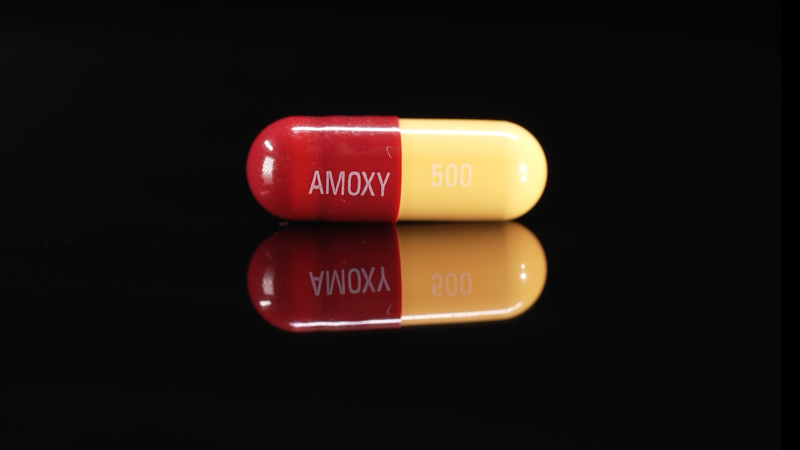US Medicine Costs Soar: Examining the Impact of Trump-Era Tariffs
The rising cost of prescription drugs in the United States is a persistent and pressing issue, impacting millions of Americans. While numerous factors contribute to this crisis, the impact of tariffs implemented during the Trump administration deserves closer scrutiny. This article delves into the complex relationship between these tariffs and the escalating price of medicines, examining the arguments for and against their influence.
The Trump Administration and Trade Wars:
The Trump administration initiated a series of trade wars, imposing tariffs on various goods, including pharmaceuticals and their raw materials, from countries like China. The stated aim was to protect American industries and jobs. However, the unintended consequences on healthcare costs have become a significant point of debate.
The Argument for Tariff Influence:
Proponents argue that tariffs increased the cost of imported pharmaceutical ingredients and finished products, directly impacting the final price paid by consumers. This is particularly true for medications heavily reliant on imported components. The increased cost of production, they claim, was passed down the supply chain, resulting in higher prices at pharmacies. This argument is supported by studies showing a correlation between tariff implementation and price increases for specific drugs.
- Increased Import Costs: Tariffs directly increase the cost of importing raw materials and finished pharmaceuticals.
- Supply Chain Disruptions: Tariffs can lead to supply chain bottlenecks and shortages, further driving up prices.
- Reduced Competition: Tariffs can limit competition, allowing domestic manufacturers to increase prices.
The Counterarguments:
Conversely, some argue that the impact of tariffs on medicine prices is overstated or indirect. They point to other factors, such as patent protections, pharmaceutical company pricing strategies, and the complex structure of the healthcare system, as major drivers of escalating costs. Furthermore, some suggest that the increased costs are temporary and that the market will eventually adjust.
- Existing Pricing Mechanisms: Pharmaceutical companies already employ sophisticated pricing strategies that may be unaffected or only marginally affected by tariffs.
- Other Contributing Factors: The cost of research and development, marketing, and insurance coverage significantly impact drug prices.
- Long-term Economic Effects: The long-term economic effects of tariffs are complex and difficult to isolate from other economic trends.
Data and Evidence:
Empirical evidence regarding the direct causal link between Trump-era tariffs and medicine price increases is still being analyzed and debated. Studies have shown correlations, but establishing direct causation requires controlling for numerous confounding variables. Further research is needed to definitively quantify the specific impact of tariffs on drug prices.
Looking Ahead:
The debate surrounding the role of tariffs in the rising cost of medicine highlights the complexities of global trade and its impact on domestic healthcare systems. Addressing this crisis requires a multi-faceted approach, considering various factors beyond tariffs. Future policies should consider the potential consequences of trade wars on healthcare costs and prioritize transparency and accountability in pharmaceutical pricing.
Call to Action:
Stay informed about the ongoing discussions surrounding healthcare costs and pharmaceutical pricing. Engage with your representatives to advocate for policies that promote fair pricing and affordable access to essential medications. Understanding the complexities of this issue is crucial for effective advocacy. For further reading, explore resources from the Congressional Budget Office and the Kaiser Family Foundation.

